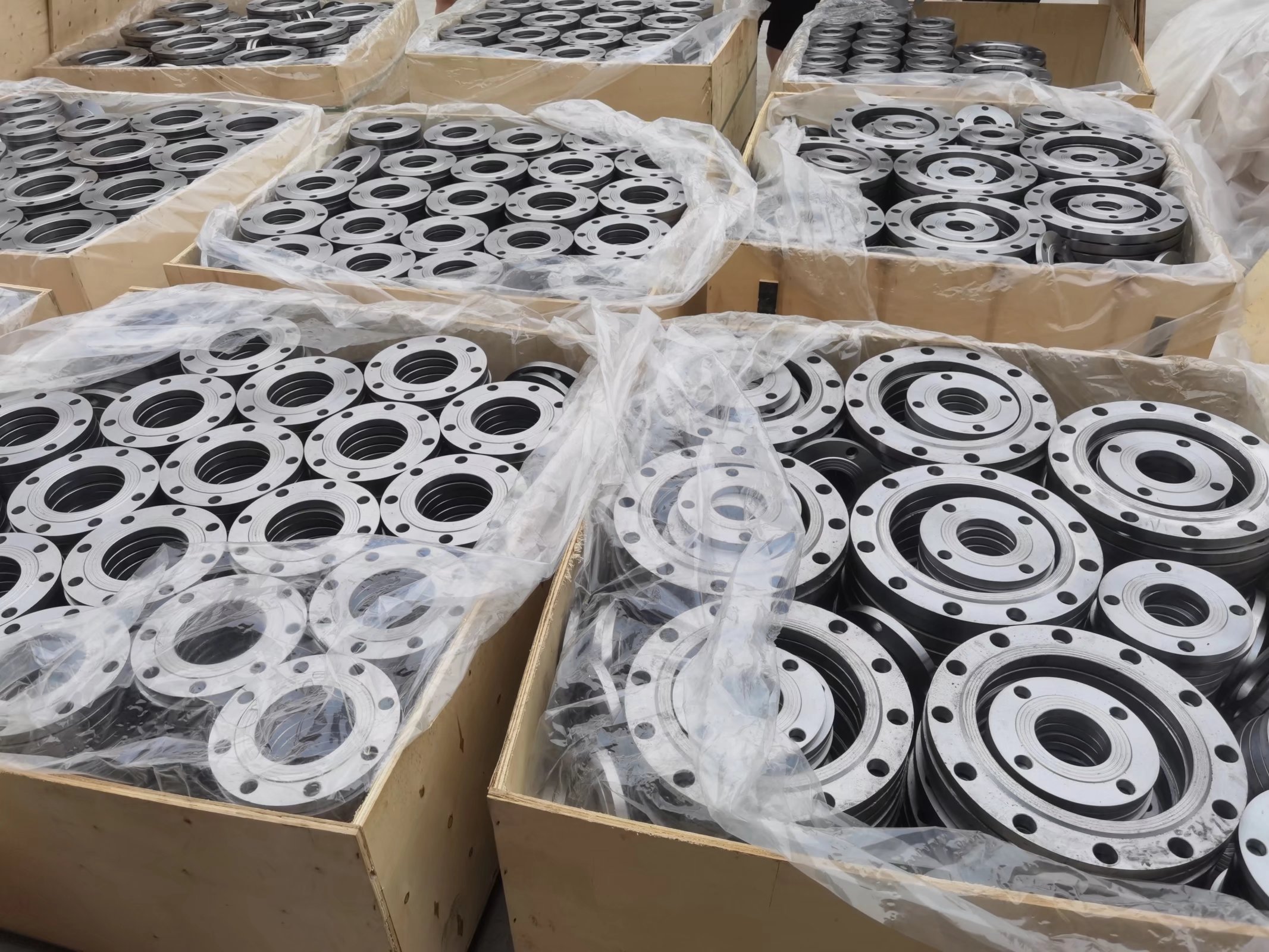Exploring Various Types of Control Valve Plugs and Their Applications
Understanding Control Valve Plug Types
Control valves are essential components in various industrial processes, used to regulate the flow of fluids by varying the size of the flow passage as directed by a signal from a controller. Among the critical aspects of control valves are the different types of plugs utilized. The type of plug impacts flow characteristics, control accuracy, and the overall performance of a control valve system. In this article, we will delve into the various types of control valve plugs, exploring their designs, applications, and advantages.
What is a Control Valve Plug?
A control valve plug is the part of the valve that moves to open or close the flow path. The design of the plug directly influences how effectively the valve can control flow rates and pressure drops within a system. Different plug designs can yield varying flow characteristics, such as linear, equal percentage, or quick opening, which allows for the optimization of valve performance based on the specific requirements of the process.
Types of Control Valve Plugs
1. Parabolic Plug
The parabolic plug is designed to provide an equal percentage flow characteristic. This means that for a given change in the valve position, the change in flow rate is a consistent percentage of the total flow. This type of plug is particularly beneficial in applications where the flow must be controlled in a way that reacts exponentially to the valve position. Its shape allows for fine adjustments at lower flow rates while facilitating larger flow changes at higher rates.
2. V-Port Plug
A V-port plug features a V-shaped profile, which enables quick opening and closing. This design is ideal for applications requiring significant flow changes with minimal valve travel. The V-port configuration also provides excellent control for high-flow applications, making it particularly popular in water treatment and cooling tower systems. The V-port design offers a combination of fast response and stability, ensuring that the process remains unaffected by abrupt changes in flow.
control valve plug types

Cage-guided plugs are used in conjunction with a cage to provide stability and precise control throughout the range of operation. This design minimizes the effects of potential vibration and allows for more accurate flow control. Cage-guided plugs are typically utilized in applications where handling corrosive or dirty fluids is necessary, as the cage can protect the plug and valve seat from damage.
4. Sliding Stem Plug
The sliding stem plug is characterized by its linear motion, providing a straightforward and effective means of flow control. The plug slides up and down within the valve body to either restrict or allow flow. This type of plug is widely used due to its simplicity and reliability in various applications, including steam, gas, and liquid service. Its design enables significant flow regulation while ensuring minimal resistance when the valve is fully open.
5. Multi-Port Plug
Multi-port plugs have several flow paths, allowing for complex flow control in a single valve. This design offers a higher level of flexibility and can reduce the number of valves needed in a system. Typical applications for multi-port plugs include chemical processing and HVAC systems, where precise flow management across different channels is crucial.
Choosing the Right Plug
Selecting the appropriate plug type for a control valve requires consideration of several factors, including the nature of the fluid being controlled, the required control characteristics, and the specific operating conditions. Proper sizing and selection can lead to enhanced efficiency, reduced wear, and greater control over the process parameters.
Conclusion
In summary, control valve plug types play a vital role in ensuring efficient and accurate flow control in various industrial applications. Understanding the differences between parabolic, V-port, cage-guided, sliding stem, and multi-port designs is crucial for engineers and process operators alike. By selecting the right plug type for a specific application, organizations can optimize their processes, achieve better performance, and prolong the lifespan of their control systems. As industries continue to evolve, innovating control valve designs will likely meet emerging demands, further enhancing operational efficiencies across various sectors.
-
Premium Gas Ball Valves: Safe & Reliable Flow ControlNewsAug.31,2025
-
High-Security Lockable Gas Valve - Tamper-Proof ControlNewsAug.30,2025
-
Reliable Hydraulic Valves for Efficient Fluid ControlNewsAug.29,2025
-
Reliable Electric Actuators for Industrial Valve AutomationNewsAug.29,2025
-
Premium Line Blind Valves for Secure Pipeline IsolationNewsAug.29,2025
-
Premium Electric Valves for Smart Fluid Control SolutionsNewsAug.29,2025
-
Precision Balanced Valves for Optimal System PerformanceNewsAug.29,2025




